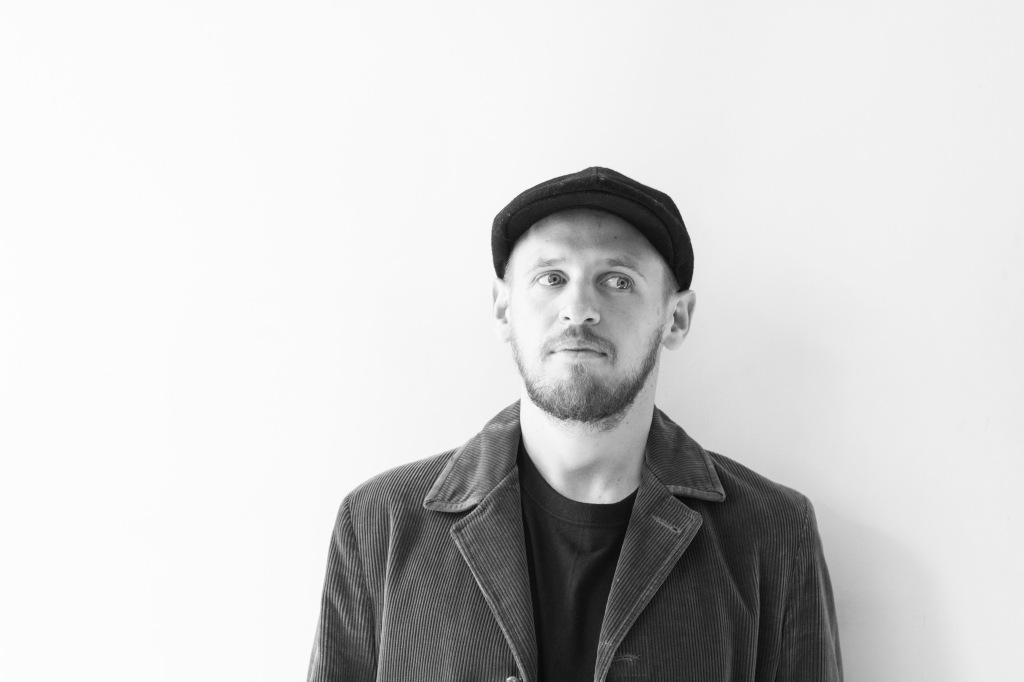Son of a drum
Vinnie Sperrazza grew up in Utica, New York as the son and great-grandson of drummers. He’s played the drums all his life, while thinking about drums and drumming and drummers. We’ll get to his own playing in a minute, but what first alerted me to his existence were his Substack posts, which appear under the heading of “Chronicles”. They’re not always about drumming, but they’re always interesting. And the ones that are about drumming contain the most perceptive and eloquent writing about drummers that I’ve ever read.
Sperrazza doesn’t describe the art of a drummer with the kind of literary eloquence with which the New Yorker‘s Whitney Balliett could bring, say, a solo piece by Papa Jo Jones to life on the page. (But then Balliett once claimed that Max Roach didn’t swing.) Sperrazza finds different but equally compelling ways to tell you what a Roach, a Gerald Cleaver, a Billy Hart or an Ed Blackwell is doing, and perhaps why, and certainly how it affects the surrounding music.
When I had a cup of coffee with Sperrazza during in London before Christmas, he was keen to hear my memories of seeing Tony Williams, who is his special subject, and about whom he writes with great insight. I was able to tell him about things he’s too young to have seen for himself, like Lifetime’s gigs at Ungano’s and the Marquee, a later edition of the band in Berlin, VSOP at the Grosvenor House and the Albert Hall, the quartet with Herbie Hancock, Ron Carter and Wynton Marsalis in Nice, and Tony’s own great quintet — the one with Wallace Roney, Bill Pierce and Mulgrew Miller — in Camden.
Most of all, I think he liked me describing the unforgettable experience of listening to Tony tuning his drums during the soundcheck for the gig in the Grosvenor House ballroom, for a gig that, believe it or not, was part of the 1977 Columbia Records international sales convention. That music is still in my ears.
Before we parted, he gave me a copy of Sunday, the third album in 10 years by his quartet, which is called Vinnie Sperrazza Apocryphal and also includes Loren Stillman on soprano and tenor saxophones, Brandon Seabrook on guitar, mandolin and banjo, and Eivind Opsvik on double bass — all great players from the contemporary New York scene. Frankly, I didn’t much mind whether I was going to like it or not, because I admire his writing so much and enjoyed his company. But when I put it on, it had me entranced.
The eight pieces making up the album are intended, he says, to depict “the moods and actions of one man in NYC on a random Sunday.” It’s probably typical of Sperrazza that the opening track doesn’t feature him at all: just Stillman’s affectingly human tenor tone, Seabrook’s pinched harmonics and distortions and Opsvik’s rich arco playing in an enticing prologue full of hints of what’s to come. But then the drums have the second track more or less to themselves, creating a subtly shaded, carefully developed, bombast-free soliloquy that Max or Papa Jo would surely applaud.
All four musicians then come together on a low-down, behind-the-beat groove with a blues feeling given its spice by Seabrook’s spacey and increasingly asymmetrical guitar chords, which fade away to the ticking of Sperrazza’s rimshots. Banjo colours the next piece, a solemn chink above shivering bass and sombre drums, shadowing Stillman’s lyrical ruminations, before Seabrook cuts loose with a jittering, jabbing solo.
And those four pieces are just the half of it. Like them, each of the remaining four creates its own microclimate, exploiting the available resources with a sense of variety and wit. When Stillman switches to soprano, something about the open rhythm reminds me of John Coltrane with Steve Davis and Elvin Jones on Coltrane Plays the Blues. There’s a joyful guitar feature with an 8/8 backbeat, not entirely unlike the early Lifetime. The banjo reappears for a quiet piece that could reasonably be described as giving Americana a good name.
It made me think of The President, Wayne Horvitz’s old band, as does a lot of this album, in its ability to to make sure that every track has its own little story to tell, while presenting music that, without compromising its spirit of inquiry, is extremely easy to like.
* Sunday by Vinnie Sperrazza Apocryphal is on the Loyal Label: https://vinniesperrazzaapocryphal.bandcamp.com/album/sunday His Substack archive is here: https://substack.com/@vinniesperrazza













